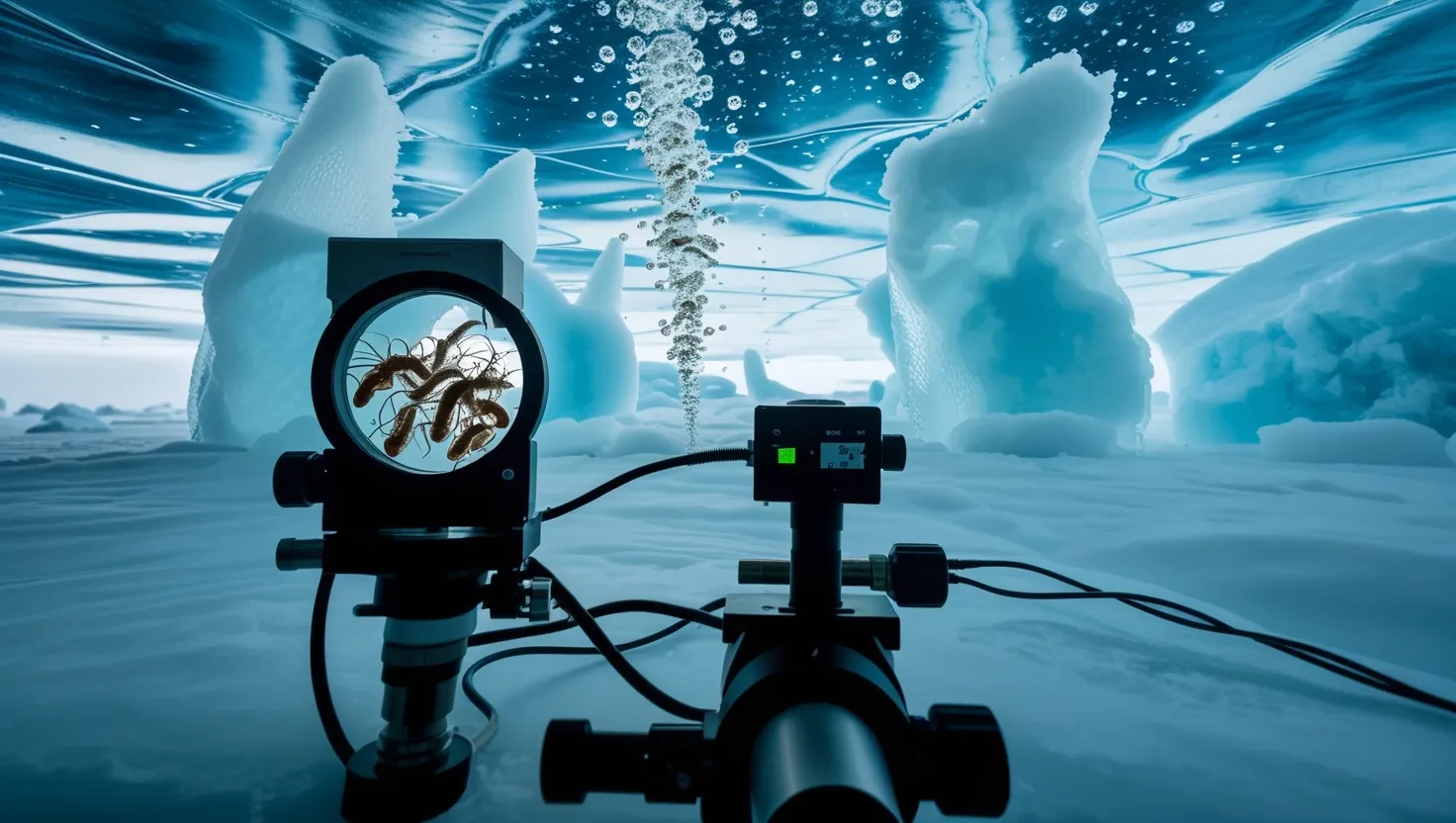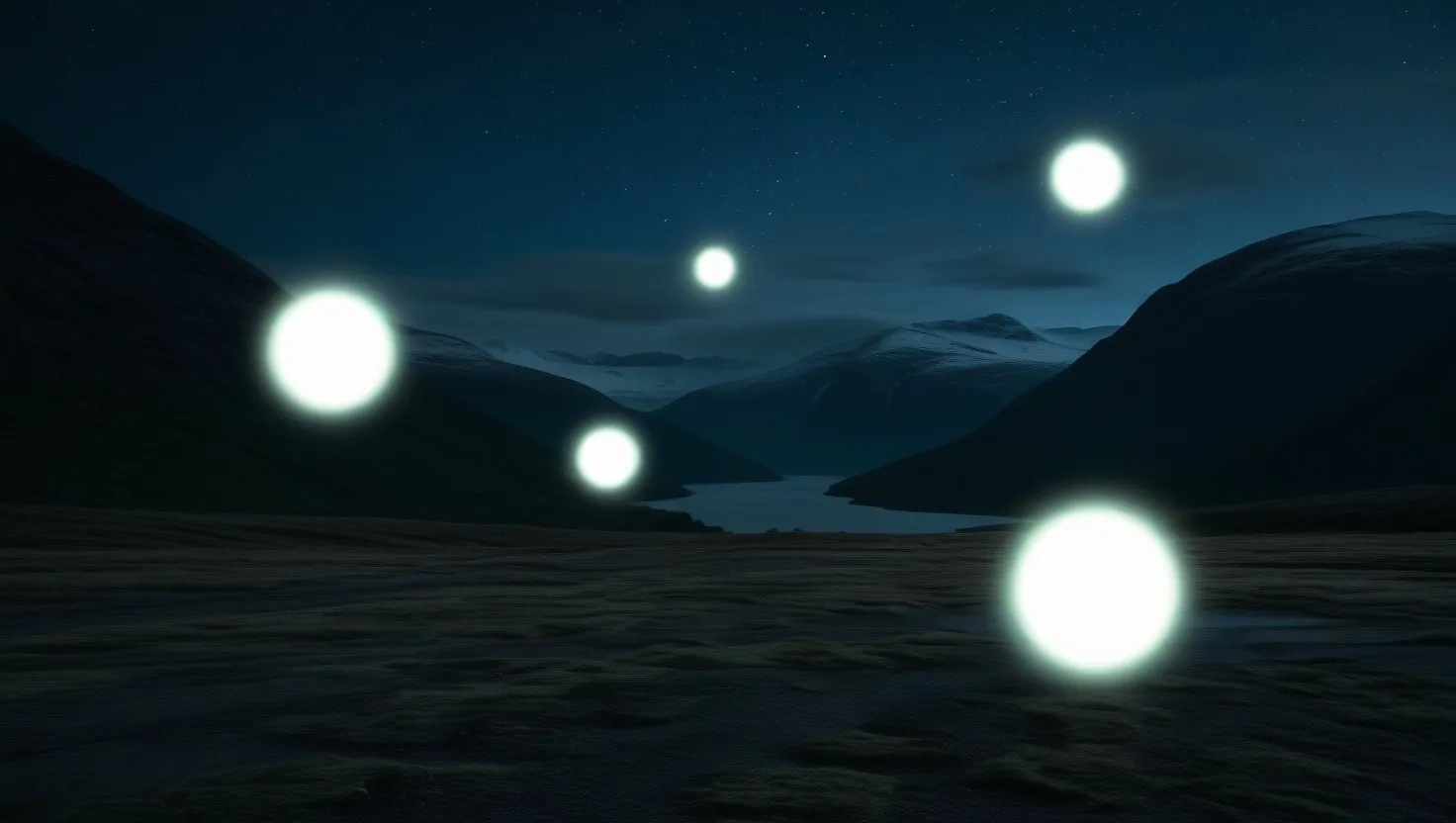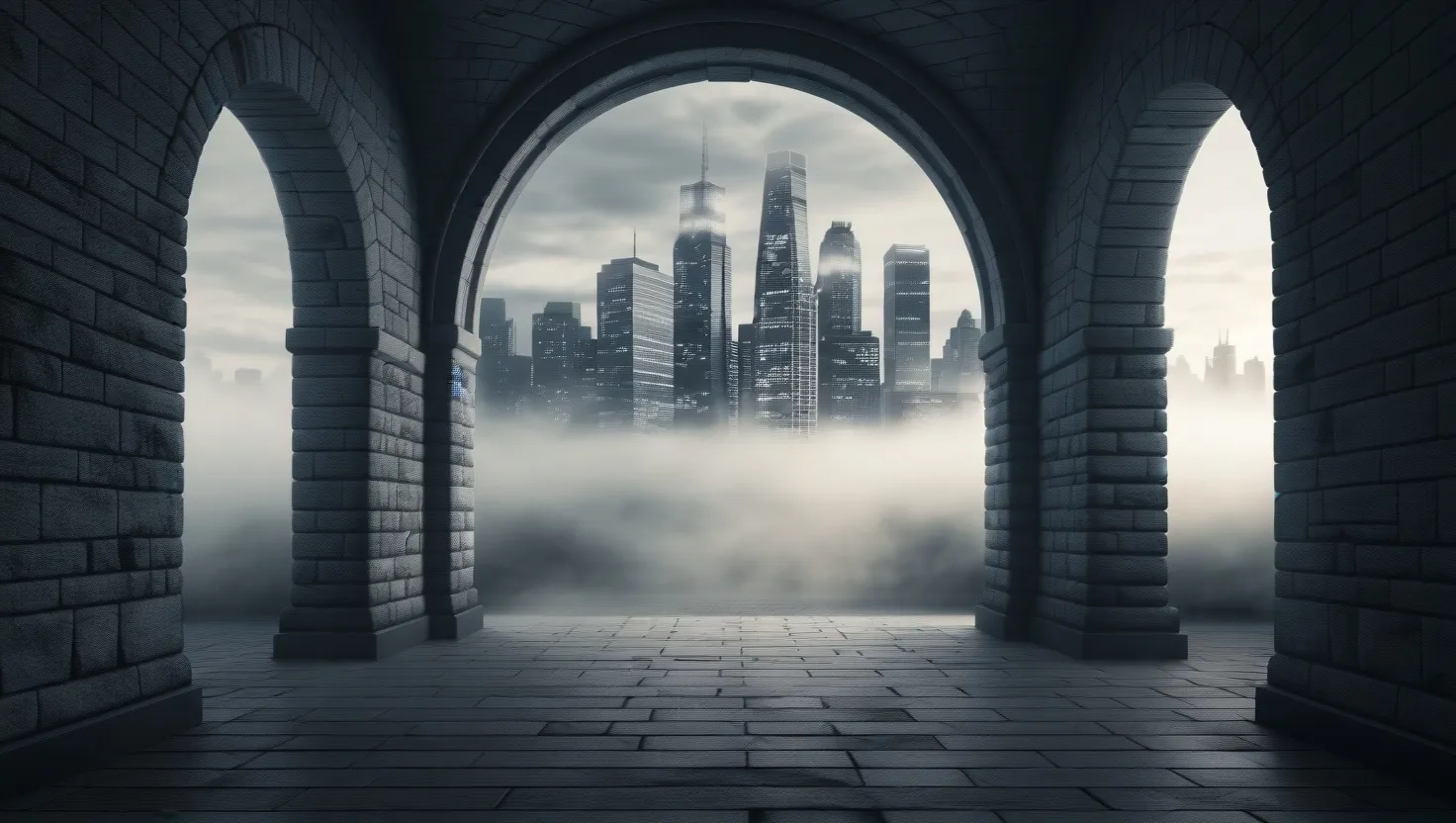The frozen continent of Antarctica has long held secrets beneath its icy surface, but recent discoveries are challenging our understanding of climate dynamics and microbial life in extreme environments. As a scientist who has spent years studying polar ecosystems, I’ve been captivated by the emerging story of Antarctica’s methane-producing microbes and their potential impact on global climate.
Let’s dive into this fascinating topic that blends cutting-edge microbiology, climate science, and a dash of Cold War intrigue. The story that’s unfolding is stranger than fiction and has profound implications for how we view Earth’s climate system.
Deep in Antarctica’s ice sheets, a previously unknown microbial ecosystem is thriving against all odds. These tiny organisms have evolved remarkable adaptations to not just survive, but actively metabolize methane at temperatures far below what we thought possible. As someone who has shivered through countless hours of fieldwork on the ice, I’m in awe of how life finds a way even in the most extreme conditions.
What’s truly mind-boggling is how these microbes seem to operate in coordinated ways across vast distances. We’re seeing synchronized reproduction cycles and methane release events that follow mathematical patterns suggestive of controlled processes rather than random natural phenomena. It’s as if the microbes are communicating and working together on a massive scale.
“In the vast silence of Antarctica, nature speaks volumes through the tiniest of creatures.” - Sir David Attenborough
This quote from the legendary naturalist takes on new meaning in light of these discoveries. The microbes are indeed speaking to us, but in ways we’re only beginning to decipher.
The isotopic composition of the released methane is raising eyebrows among researchers. The ratios don’t match what we’d expect from naturally occurring sources. This has led to some startling theories and the unearthing of Cold War secrets.
Declassified reports suggest that the Soviet Union may have introduced engineered microorganisms into Antarctic ice during the 1970s as part of early climate modification research. As someone who came of age during the latter part of the Cold War, I find it both fascinating and disturbing to consider how geopolitical rivalries may have left lasting impacts on Earth’s most pristine environments.
But here’s where the story takes an even stranger turn. Independent scientists have noted that methane release from these microbial communities accelerated dramatically following a series of ionospheric research experiments conducted near the affected regions. Equipment monitoring the ice sheets has recorded electromagnetic anomalies preceding major methane discharge events.
Could there be a connection between human-generated electromagnetic signals and microbial behavior? It’s a question that would have seemed absurd to me just a few years ago, but the evidence is compelling enough to warrant serious investigation.
As we grapple with these findings, we’re left with more questions than answers. Are we witnessing the results of natural microbial evolution pushed to extremes by Antarctica’s harsh conditions? Or could these be engineered organisms, relics of classified climate intervention technologies?
The implications are profound. If these microbial communities are indeed responding to subtle environmental cues and releasing methane in coordinated ways, it suggests a level of complexity in Earth’s climate feedback mechanisms that our models haven’t accounted for.
“The more we learn about the complexities of our planet, the more we realize how little we truly know.” - Jane Goodall
This observation from the renowned primatologist resonates deeply as we confront the mysteries of Antarctica’s methane-producing microbes. Every answer seems to lead to a dozen new questions.
What do you think? Could microbial life play a more significant role in climate regulation than we’ve previously believed? How should we approach studying phenomena that challenge our existing scientific frameworks?
As a researcher, I’m both excited and humbled by these discoveries. They remind us that the Earth still holds many secrets, and that some of the most important players in global systems may be invisible to the naked eye.
The case of Antarctica’s methane microbes also highlights the complex intersections between natural processes, human activity, and potential technological interventions in Earth’s climate. As we face the challenges of climate change, understanding these interactions becomes increasingly crucial.
We must approach this research with open minds and rigorous methods. The potential for microbial communities to influence climate on a large scale is a game-changing concept that demands thorough investigation. At the same time, we need to be cautious about jumping to conclusions or sensationalizing findings before they’re fully understood.
The possibility that Cold War-era experiments may have introduced engineered organisms into Antarctic ecosystems is sobering. It raises ethical questions about the long-term consequences of scientific experimentation in sensitive environments. How do we balance the pursuit of knowledge and technological advancement with the need to protect Earth’s most pristine regions?
As we continue to study these phenomena, collaboration between diverse scientific disciplines will be key. Microbiologists, climate scientists, geologists, and even experts in electromagnetic phenomena will need to work together to unravel this complex puzzle.
The story of Antarctica’s methane-producing microbes is far from over. Each new discovery seems to add another layer of complexity to our understanding of Earth’s climate system. It’s a reminder that in science, as in life, the most important breakthroughs often come from unexpected places.
What are your thoughts on these findings? How do you think they might influence our approach to climate science and environmental protection?
As we look to the future, the case of Antarctica’s methane microbes serves as a powerful reminder of the interconnectedness of Earth’s systems. It challenges us to think on both microscopic and global scales simultaneously. The tiniest organisms may play outsized roles in shaping our planet’s future.
In closing, I’m reminded of a quote from the pioneering microbiologist Lynn Margulis:
“To me, the human move to take responsibility for the living Earth is laughable - the rhetoric of the powerless. The planet takes care of us, not we of it. Our self-inflated moral imperative to guide a wayward Earth or heal our sick planet is evidence of our immense capacity for self-delusion. Rather, we need to protect ourselves from ourselves.”
Margulis’s words take on new meaning in light of the Antarctic methane phenomenon. Perhaps in studying these resilient microbes, we’ll gain not only scientific knowledge but also a dose of humility about our place in Earth’s complex web of life.
As research continues, what new surprises might Antarctica’s icy depths reveal? How will our understanding of climate change evolve as we uncover more about the planet’s microscopic inhabitants? The journey of discovery is just beginning, and I, for one, can’t wait to see where it leads.






